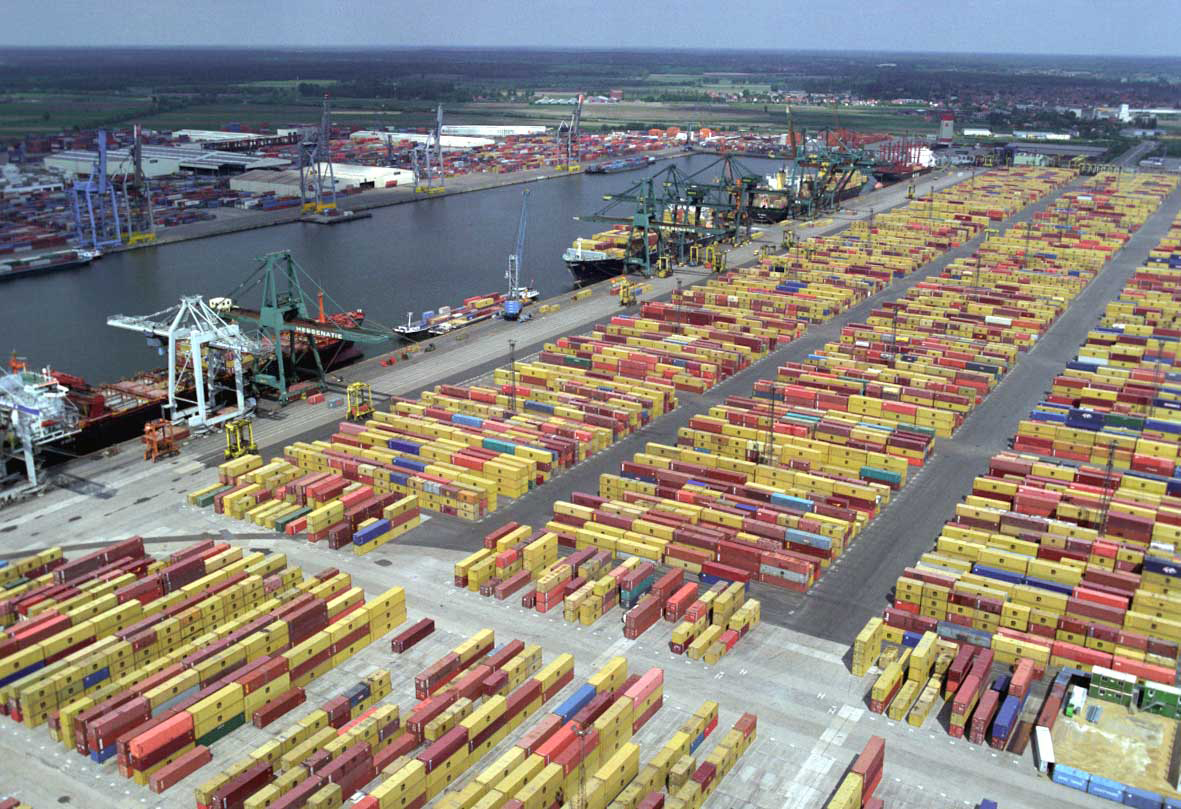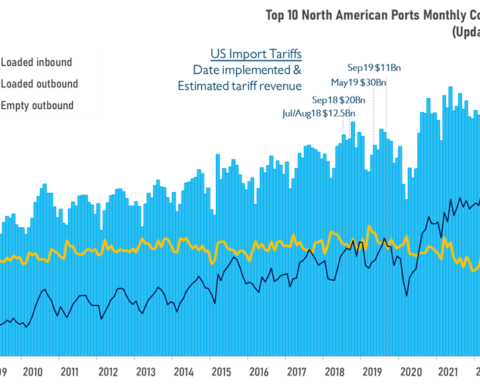In the first six months, the ports of Antwerp and Zeebrugge handled 6.4 million TEUs; 5.2% less than in the same period last year.
The economic scenario remains uncertain: declining industrial production and low consumer confidence have led to a global slowdown in demand for container transport, with clear negative repercussions on the performance of Belgium’s top two ports, which have merged into a single port network since April 2022.
Despite current uncertainties the ‘Port of Antwerp-Bruges’ still managed to increase its market share by one percentage point in terms of the volumes handled in its catchment area, which has Hamburg and Le Havre at its northern and southern ends respectively. The two Belgian ports are in fact responsible for 30.6% of the total volumes loaded and unloaded by the ports included in this macro-area.
In the other traffic segments, breakbulk volumes are reported to have fallen by 17% compared to 2022 values. Steel volumes are also down (-18%).
There was a 3.2% downturn in liquid bulk traffic. This was mainly due to the chemical product slump, with 15.4% less being handled compared to the previous year. New car traffic, on the other hand, was up by 15%.
Translation by Giles Foster




